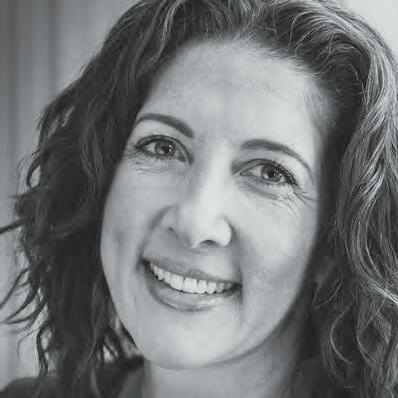
7 minute read
SURVIVORS WHO THRIVE
by TBI Times
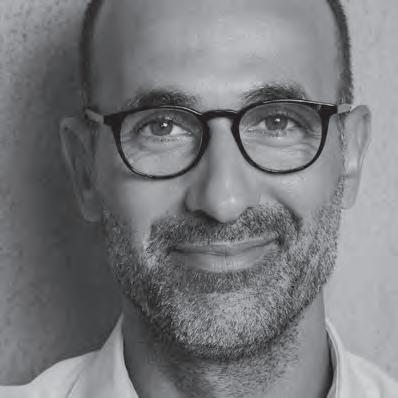
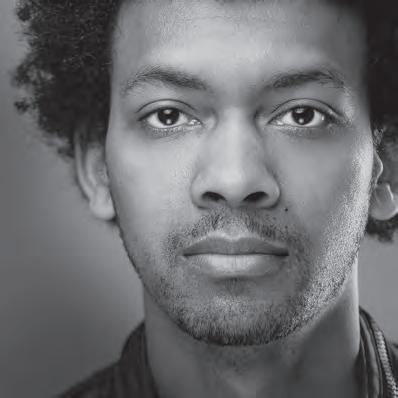
Advertisement
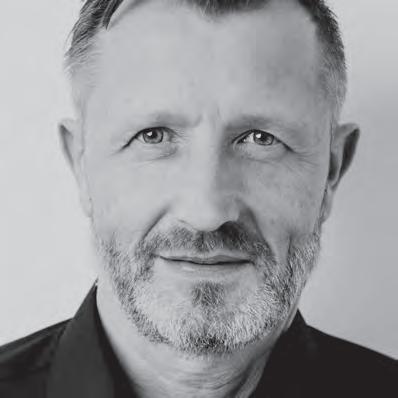

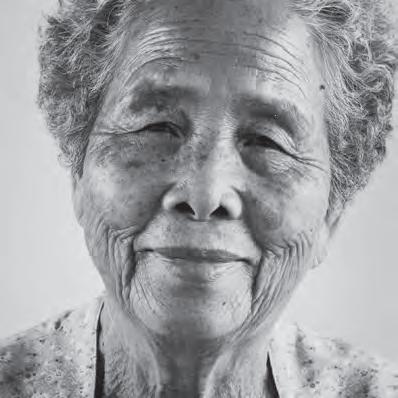
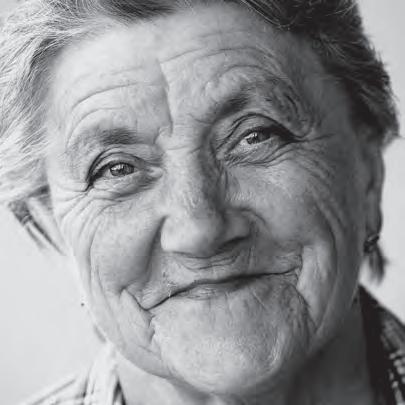
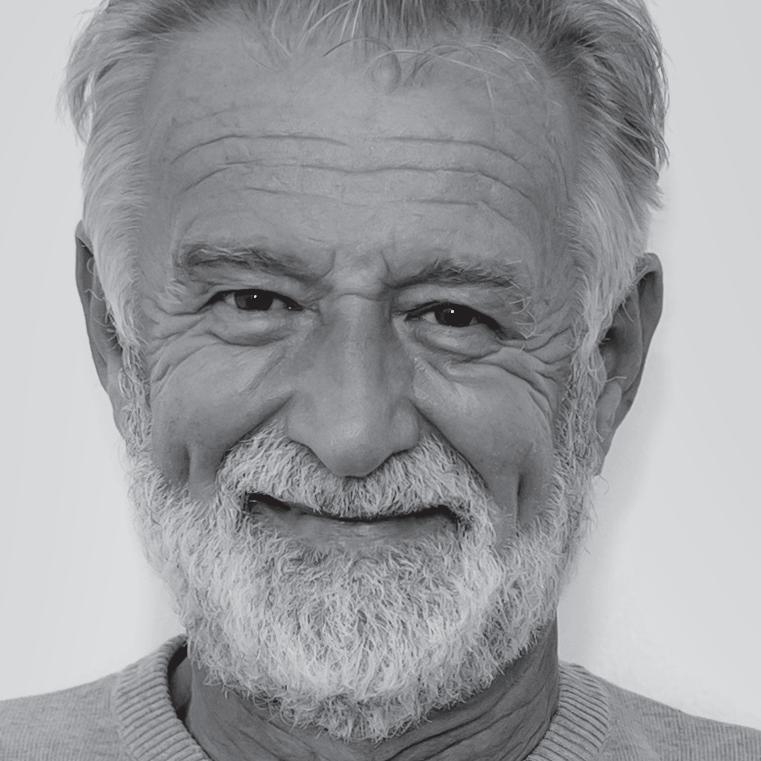


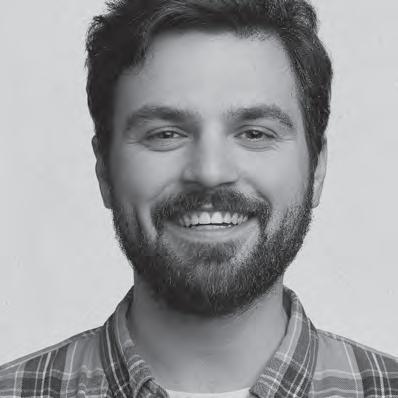
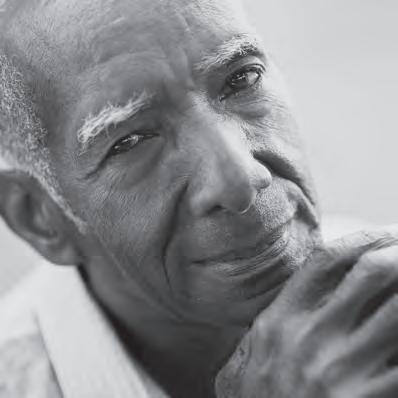

A celebration of traumatic brain injury heroes who are not just surviving, but thriving.
To share your TBI survivor story, email us at editorial@thrivetbi.com.
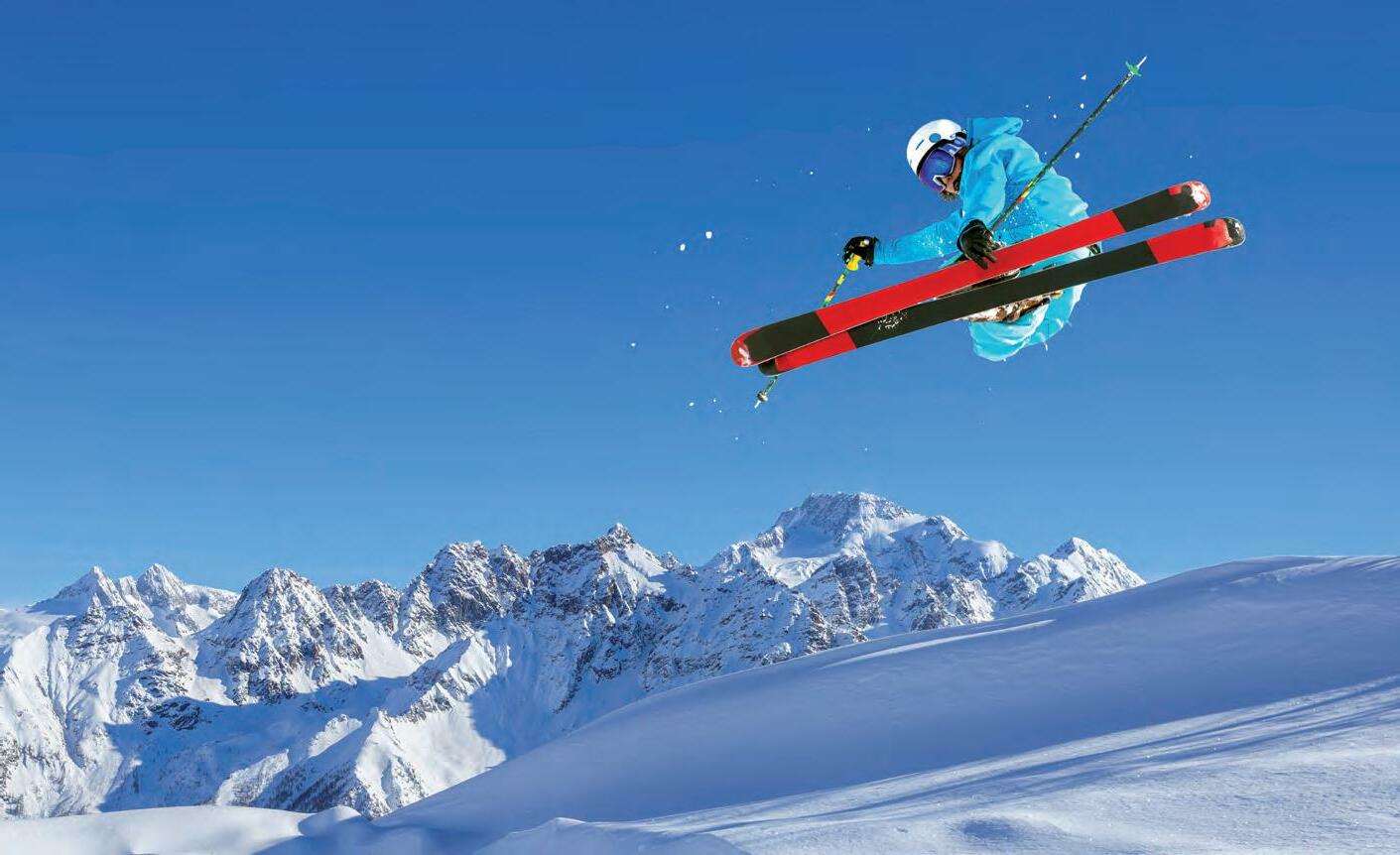
JAMIE
AN ATHLETE’S COMMITMENT TO RECOVERY
One of the world’s top freestyle skiers, Jamie was the firs woman in the world to land a double backflip at an X-Game event and had also won the FIS Junior World Championships. And she wasn’t stopping there. Jamie continued to compete and further her career as a freestyle skier. While competing in British Columbia in 2015, Jamie had a horrific accident.After a technical miscalculation caused her skis to become lodged in the snow, Jamie’s head impacted the ground with an immense force due to her fast speed. She was airlifted to the hospital and placed in a medically induced coma for eight days. Jamie had sustained a massive traumatic brain injury. She had lost all mobility in the entire right side of her body. With the help of her family members, she began the arduous process of relearning how to perform simple tasks such as drinking water, picking up small objects, and climbing the stairs. Though her initial recovery phase was considered to be a success, the challenges Jamie still faced with her cognitive function being severely compromised caused her to experience depression. Like a true athlete, she pushed through to the next phase of recovery. “As an athlete, I appreciated the challenge and the goal-oriented nature of my treatment,” said Jamie. “These elements were missing from my life since I was no longer competing, so they were a welcomed motivation.” Jamie balanced hard work with rest and recuperation, which are both necessary to get the most out of TBI treatment. This approach was paying off and Jamie could feel th improvement, though she was still anxious about the measurable results. After receiving the results of her fNCI scan (a type of functional MRI that measures blood flow in the brai as the patient executes a battery of cognitive tasks), it was clear there was no need for Jamie to be anxious. “I wept with relief and joy when I found out just how dramatic the improvements in my brain function were,” said Jamie.
Recovery from a TBI can be slow and it requires a commitment to treatment. Jamie exemplifies this appoach and has reaped the rewards. “I’ve noticed an improvement in my day-to-day life, including having an easier time making and following through with plans, finding the right wods to communicate what I’m thinking or feeling, and keeping up with conversations.” Jamie’s message for other severe TBI survivors: “Don’t just settle — heal!”.
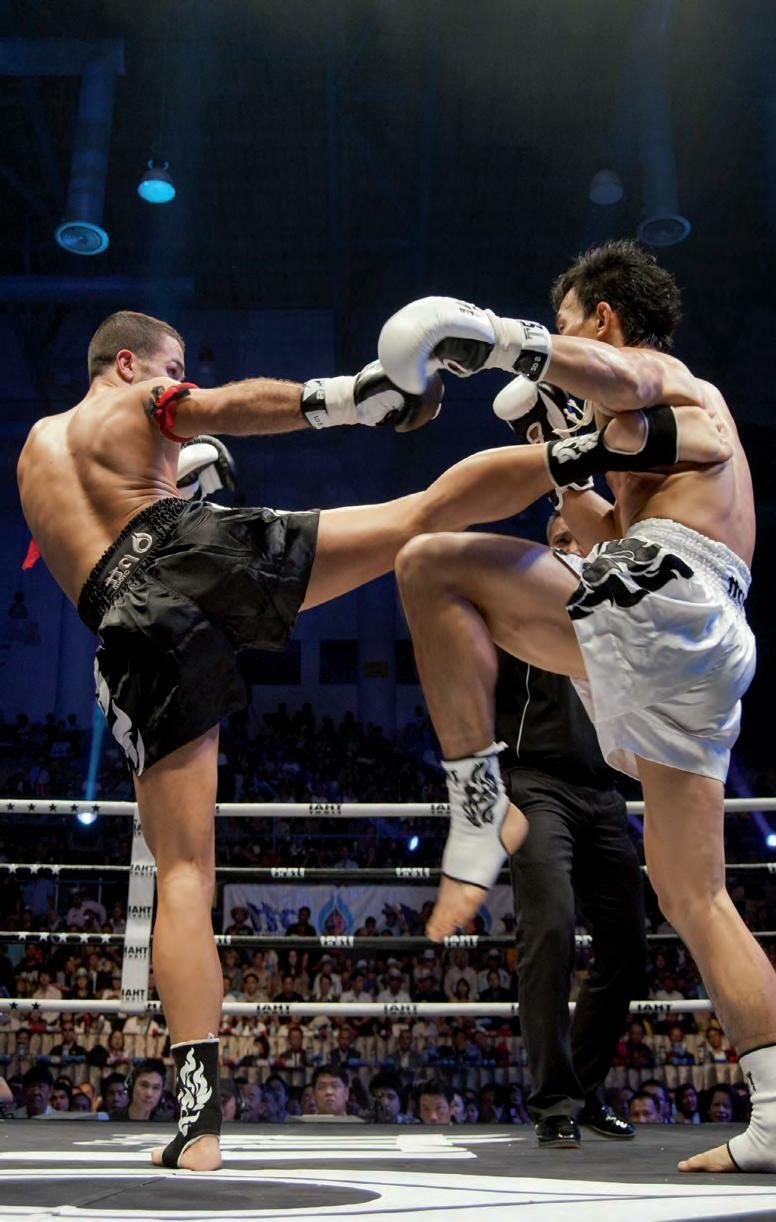
DAVID
FIGHTING BACK TO A NEW NORMAL
As a professional mixed martial arts fighte, David had experienced several concussions throughout his career. “I’ve had some tough fights and have gotten knocked out a few times,” says David. These ‘tough fights’ left their mark and David began experiencing the symptoms associated with severe post-concussion syndrome, including severe depression, anxiety, vertigo, sensitivity to light and noise, and memory loss. David’s symptoms became so intense that he wasn’t able to go about his normal activities. “I felt super dizzy after trying to exercise and would have to lie down,” says David. “I could never seem to find the keys to my ca, or even remember where I parked my car!” Finally, David was forced to put his career as a fighter on hold while h sought treatment.
In years past, a person having a similar experience to David’s would be limited to obtaining treatment for each symptom they were experiencing. Today, remarkable advancements in neuro-optometric and neuroplasticity therapies are offering new hope to those who have suffed for years without a predefined teatment path. David embarked on a recovery journey and has benefited greatly from these advancements combined with traditional therapies. It was hard work but he stayed the course. “I feel like my brain has been turned on again,” says David. “I’m so pleased with my progress.” Though David did not return to fighting, he has ceated his new normal: a happy and productive life that includes a new career in jiu-jitsu and plenty of quality time with family and friends.
AIMEE
NO NEED TO SUFFER SILENTLY

Aimee experienced a severe traumatic brain injury after a serious motor vehicle accident in 2001. She struggled with TBI symptoms for nearly seventeen years before receiving treatment, which is the case for many TBI survivors. Aimee’s symptoms included changes in personality, severe headaches, loss of memory, dizziness, and light and sound sensitivity. Her inability to sleep due to many of these symptoms also led to a diagnosis of narcolepsy.
After years of suffering silentl, Aimee finally decided t seek treatment. She participated in occupational therapy, neuromuscular therapy, and Dynavision (multi-tasking coordination and cognition exercise), and began to see results. Aimee’s distress was soon replaced with a sense of hopefulness. “I noticed that I was using words I hadn’t remembered using in a long time and remembering things without relying on lists,” says Aimee. I just began feeling more like myself.” Of course, there are still challenges. Aimee continues to experience recurring headaches, however, they are much less frequent than they were before treatment. Aimee has continued to engage in an ongoing treatment plan and is seeing more improvement, which is adding to her quality of life. “I encourage anyone who is suffering fom longterm symptoms of TBI to seek treatment,” says Aimee. “Don’t put it off any longe. It’s possible to go from not having any hope to having your life back.”

JASON
GOING THE EXTRA MILE
During the summer of 2016, on a hike in the beautiful mountains of his home state of Utah, Jason’s life changed forever. Being an adventure seeker, when Jason reached the base of a dramatic 70-foot waterfall, he decided to continue to the top of the cascade where he could enjoy majestic views. This leg of his hike was a dangerous one, where one misstep could mean disaster. On that day, as Jason reached the top of the falls, the worse thing possible happened — he slipped and fell 70 feet to the base of the falls. He landed in a shallow pool of water and was rendered unconscious from the impact. After being spotted by fellow hikers, rescuers were alerted and Jason was airlifted out of the canyon and rushed to the nearest hospital. Upon arrival, the decision was made to place Jason in a medically induced coma.
Doctors weren’t sure if Jason would survive. He remained in a coma for three months and finally woke to a new eality. His long and arduous recovery journey was just beginning. Jason worked hard and slowly began to regain his motor skills, memory, and ability to talk. He continued treatment for two years and was finally able to eturn to college, an absolute triumph considering the extent and severity of his injuries. Though Jason had made an amazing recovery, he felt he could improve more. “I still wasn’t satisfied, I still didn’t fee the way I did before the accident,” says Jason. “There has to be more I can do.” In his quest to fine-tune his ecovery, Jason pursued a multidisciplinary approach to therapy which included neuromuscular, cognitive, occupational, and vision therapy. Meditation also played an important role in this phase of his recovery. “The meditation helped me,” says Jason. “It quieted my mind and gave me the serenity to notice the progress I was making.” Going the extra mile was certainly worth it for Jason. “He is 95% recovered and feeling extremely optimistic about his future,” says Jason’s family. And if his previously exhibited drive is any indication of what’s to come, there’s no doubt that Jason will achieve that last five pecent.








